In US-China tug of war, Australia puts itself first
With one eye on the past and the other on the Asia-Pacific’s future, Australia’s prime minister is championing sovereignty in an uncertain age
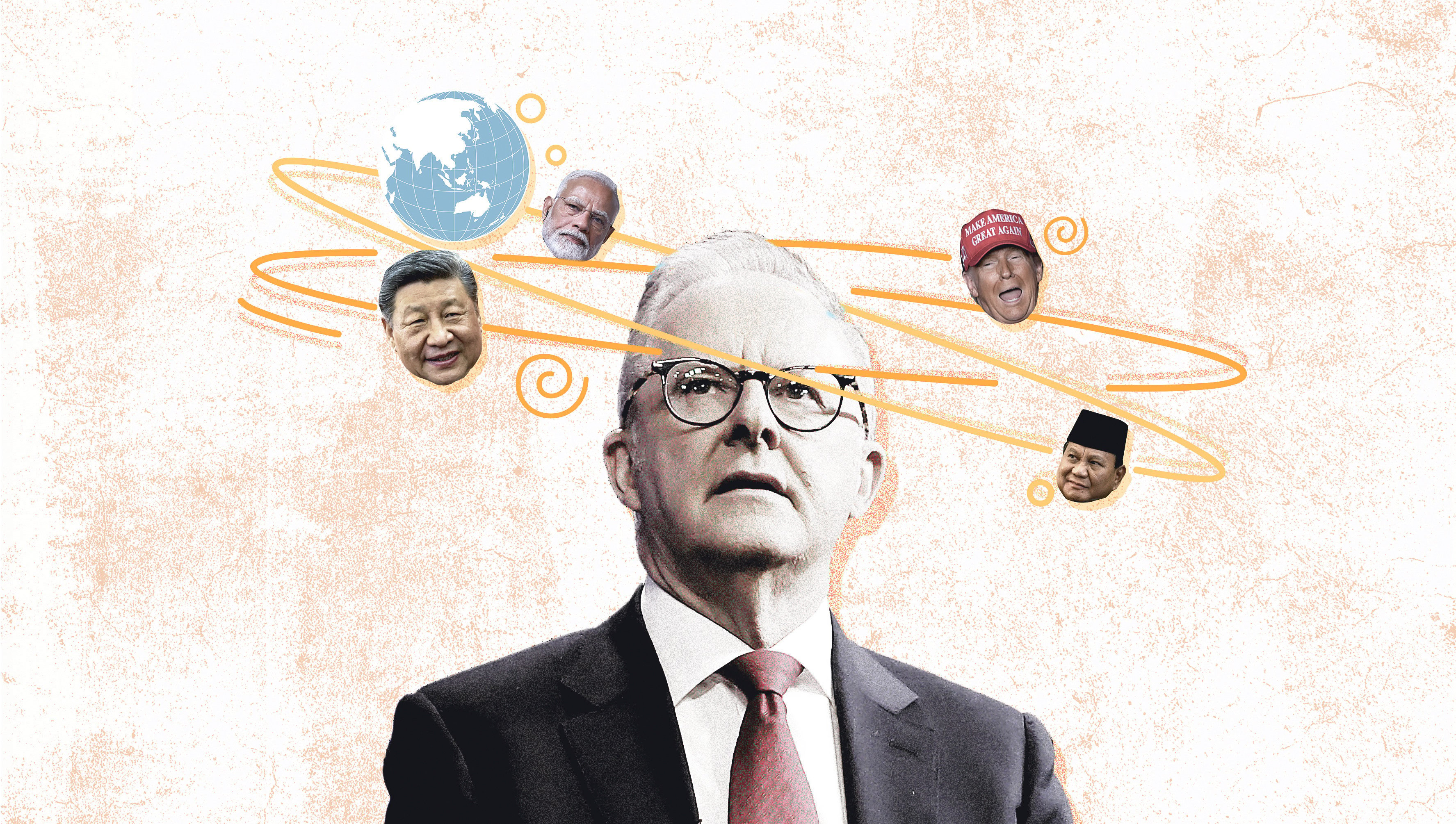
For much of its history, Australia’s identity has been defined by distance – geographical, political, psychological. Now, with global tensions rising, Prime Minister Anthony Albanese is testing whether that distance might yet be a source of strength.
The answer, he seems to believe, lies in recalibrating Australia’s relationships with friends and rivals alike. As both critics from the political left and independent observers assail the cost and risks of Aukus – and the right demands ever-greater defence spending – Albanese has chosen his moment to assert a new doctrine: not America first, nor China first, but Australia first.
In doing so, he has looked to the past for inspiration. At last weekend’s commemoration of wartime leader John Curtin, Albanese delivered a speech that signalled this new direction, just days before his arrival in Beijing for a state visit.
He lauded Curtin as the “father” of the US-Australian alliance – now “a pillar of our foreign policy” – not only for turning to Washington following Britain’s disastrous surrender of Singapore to invading Japanese forces during World War II, but for insisting that Australia’s foreign and defence posture must be rooted in strategic reality, not tradition.
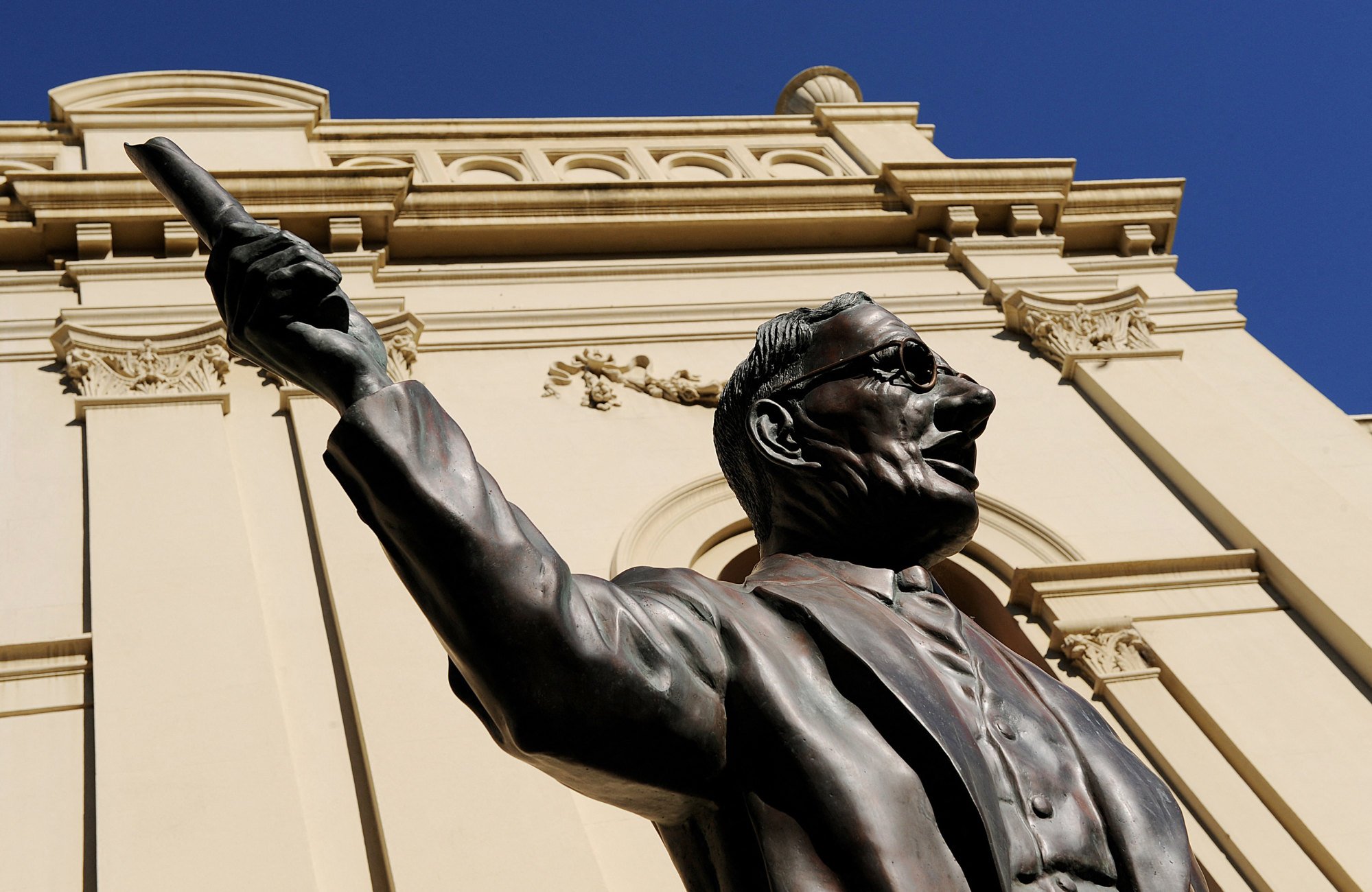
“Curtin restored in Labor what he revived in Australia: unity and purpose in times of crisis and uncertainty; ambition and cooperation in pursuit of opportunity, and above all, the confidence and determination to think and act for ourselves – to follow our own course and shape our own future,” Albanese said last Saturday of his long-ago predecessor as Labor party leader.
Albanese’s speech followed an emphatic election victory in May, granting his government another three years in office and, with support from the Greens in the Senate, the latitude for bold policy decisions. There is no indication his administration will abandon the Aukus nuclear-submarine programme or the Anzus alliance with the United States and New Zealand, both of which retain broad public backing; a recent Lowy Institute poll found six in 10 Australians surveyed believed the country should do more to deter China militarily.
But the return of Donald Trump to the White House has caused trust in the US to plummet, with only a third of Australians now regarding America as a responsible global actor and a mere quarter seeing Trump as a competent leader. The Lowy poll also found deep wariness of China, with 80 per cent expressing concern over Beijing’s ambitions, and just 16 per cent viewing President Xi Jinping as a responsible head of state.
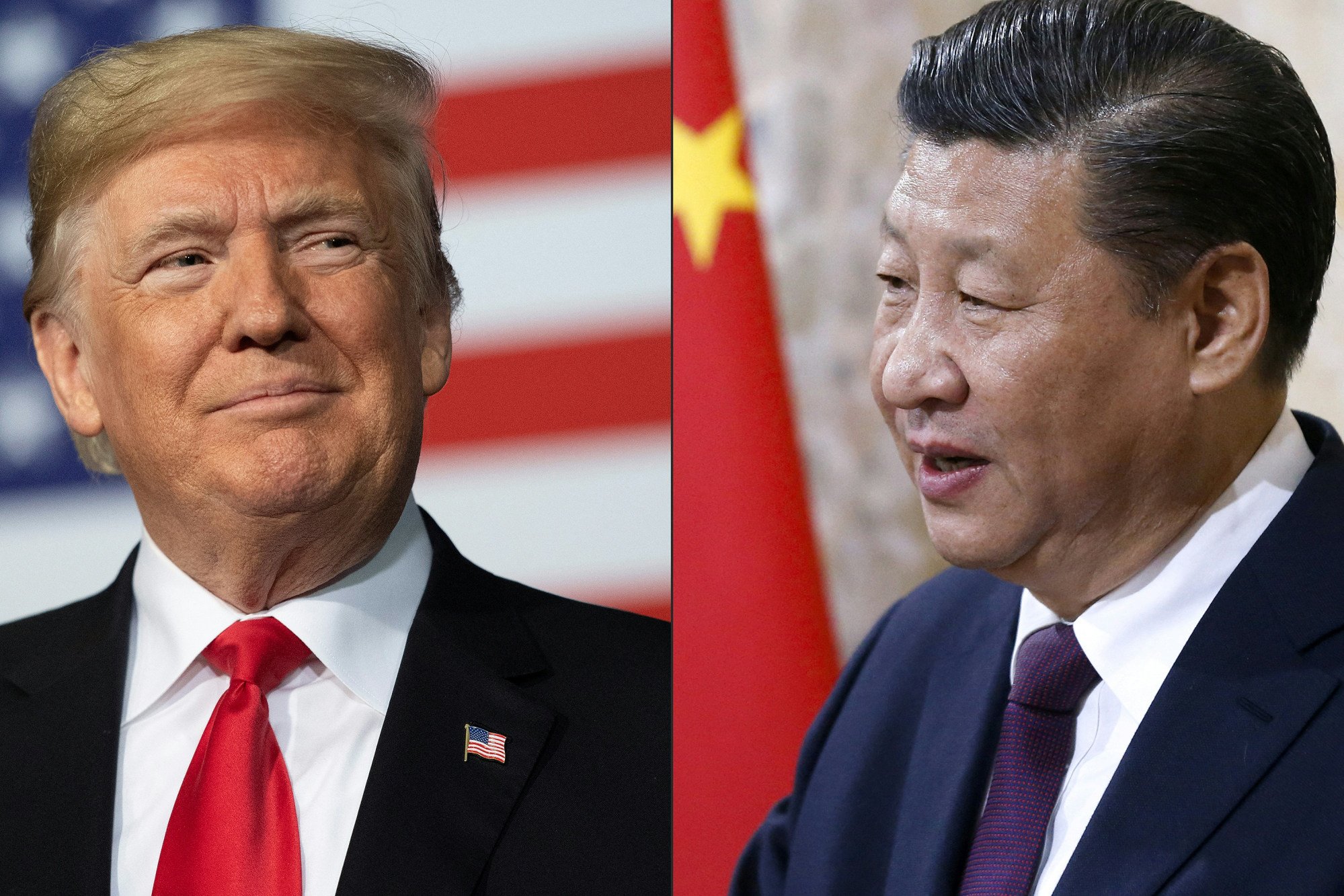
‘Two fingers’ to the US
Albanese’s speech was, in part, a direct answer to recent US demands that Australia raise defence spending to 3.5 per cent of gross domestic product. He had earlier curtly rejected such calls, testily asserting that Australia’s defence strategy would remain a sovereign imperative. James Curran, a professor of modern history at the University of Sydney and author of Australia’s China Odyssey: From Euphoria to Fear, called it Albanese’s most significant address as prime minister.
“He was clearly giving a polite ‘two fingers’ to Washington’s calls we increase our defence spend,” Curran said. “He invoked the Curtin myth and World War II to make the point that we have a close relationship with the United States. But he made it very clear that it is the Australian government that will decide what is in Australia’s national interest.”
While Albanese’s government has outlined ambitious plans to modernise the military, deep dysfunction exists within the defence sector. Reports suggest dozens of senior officers and bureaucrats face imminent dismissal as part of a sweeping shake-up.
Defence Minister Richard Marles has argued that boosting spending without tackling structural issues such as workforce shortages, procurement inefficiencies and an institutional culture lacking transparency and accountability would do little to enhance capability. Sober minds in Washington may recognise this logic, and in any event, Australia’s long-standing ties with the US – rooted in shared values, culture and history – give Canberra significant bargaining power, even with a volatile Trump administration.
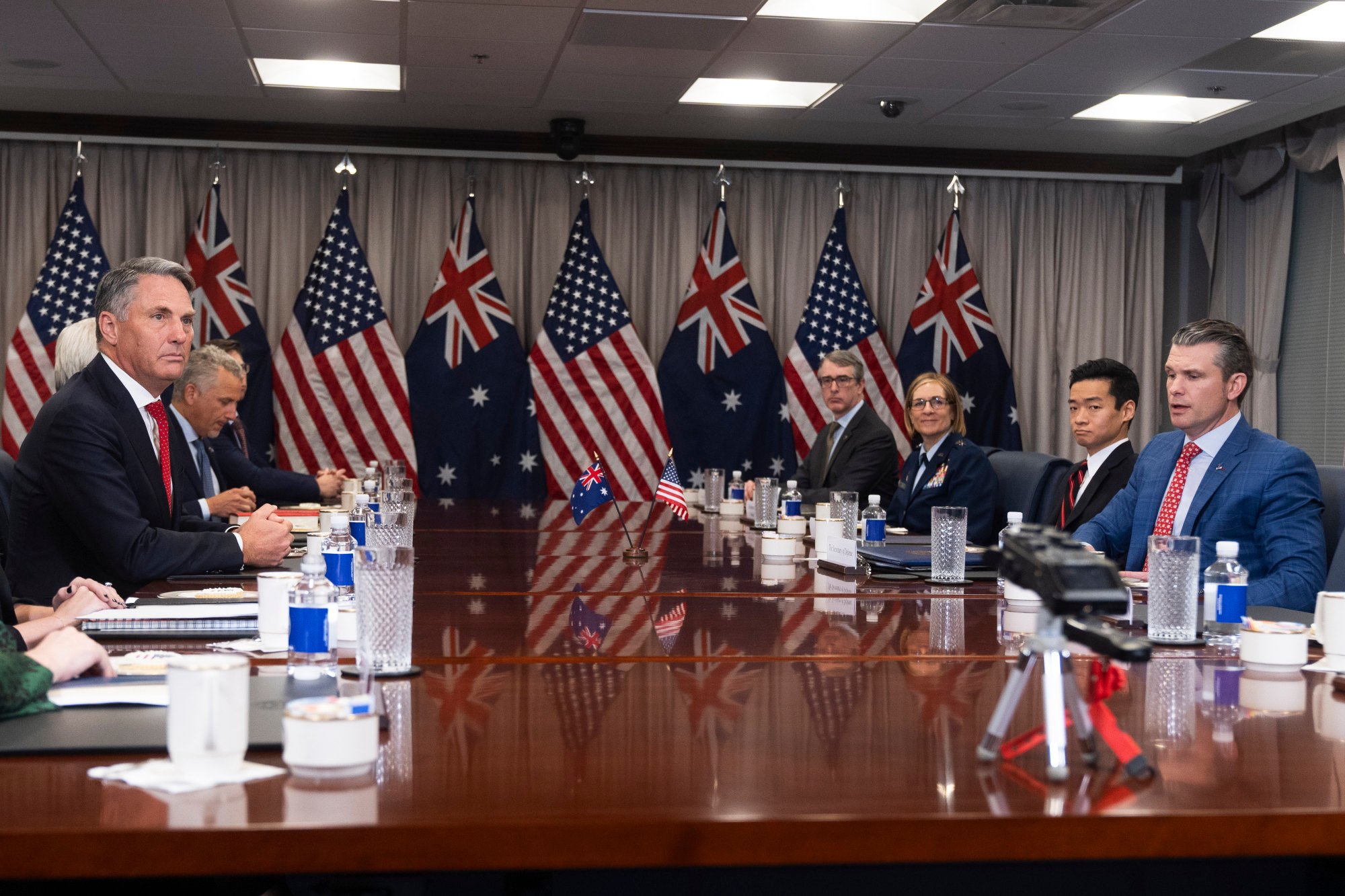
These bonds run deep, tested in conflicts from World War I onwards. Australia hosts a network of joint military facilities, including those vital for signals intelligence, missile launch confirmation across Asia and the Middle East, and relaying communications to warships in the Pacific and Indian Oceans. A rapidly expanding naval base in Western Australia is set to house British and US nuclear-powered submarines from 2027, while the country’s Northern Territory hosts rotating deployments of US marines and nuclear-capable bombers.
Australia also forms the southern anchor of the “democratic defence diamond”, according to Troy Lee-Brown, a research fellow at the University of Western Australia’s Defence and Security Institute, referring to the Quadrilateral Security Dialogue, or Quad, grouping that links India and Japan to the US-Australia axis.
Unhandled type: inline-plus-widget {“type”:”inline-plus-widget”}
“The Quad gives considerable strategic depth to handle contingencies across the Asia-Pacific, and Australia is essentially a huge unsinkable aircraft carrier,” he said. “It is a vital deployment and logistics hub for America’s military presence in the Asia-Pacific.”
Australia is essentially a huge unsinkable aircraft carrierTroy Lee-Brown, security researcher
Albanese’s recent assertion of sovereignty comes as Australia quietly fumes over the imposition of tariffs on its exports by the US – its third-largest trading partner after China and Japan – despite a free-trade agreement signed in 2005.
His speech also reflects the shifting role of Australia as a middle power in a region of some 4 billion people confronted with the most volatile strategic environment since the second world war.
Allegiances across the region are rapidly evolving under the twin pressures of Chinese assertiveness and the Trump administration’s apparent disregard for established alliances, as Lee-Brown observes.
“A lot of countries in Southeast Asia were split, some in the Chinese camp, some in the US camp, some in the middle,” he said. “But with the behaviour of the Trump administration, most are going to end up in the China camp.”
“India is interesting in that they’ve been forging ahead with their ‘Act-East’ policy. India is really pushing its relationships with Singapore and Indonesia, but also the Philippines with its sale of BrahMos missiles, and its strategic alliance with Vietnam.”
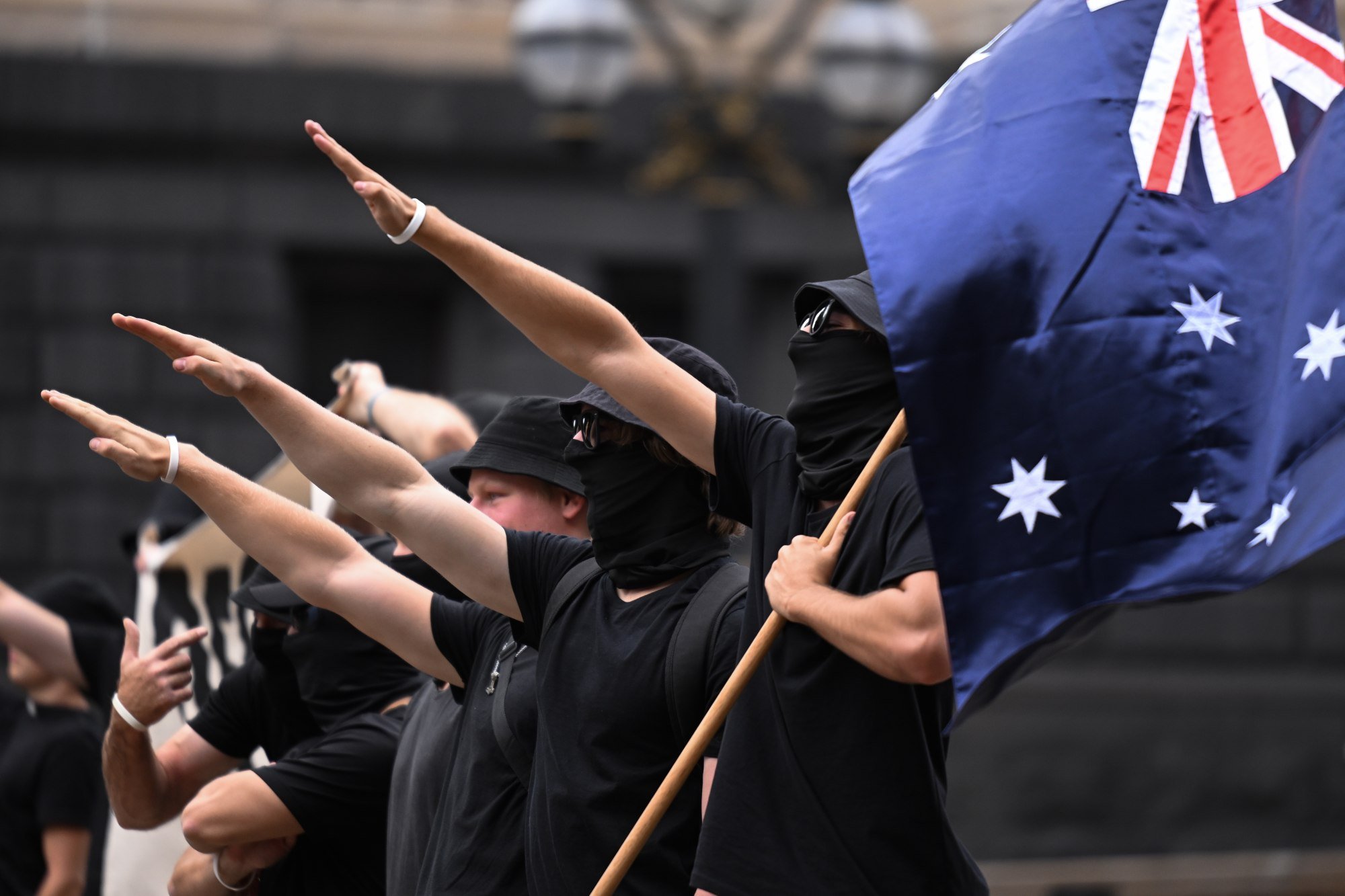
‘Poor white trash of Asia’?
Long dismissed by its detractors as an arrogant newcomer to the region relevant only by virtue of its relationship with the US, Australia’s transformation since the abandonment of the White Australia policy in the early 1970s has been profound. Today, while half the population claims British or European ancestry, one-third of its 28 million people are immigrants – many from China, India, the Philippines and Vietnam – with large diasporas from elsewhere in Asia strengthening Australia’s ties to its immediate neighbourhood.
According to this year’s Lowy Institute poll, Australians generally hold Japan and Singapore in particularly high esteem, with South Korea, Taiwan and Malaysia close behind. More than half view Indonesia and India favourably.
The institute’s 2024 Asia Power Index ranked Australia fifth behind the US, China, India and Japan. Susanna Patton, director of Lowy’s Southeast Asia programme, said Australia scored highly for diplomatic and cultural influence, as well as economic exchanges. Its rating for defence networks slipped marginally, yet it remained second only to the US and ahead of Japan.
“I’ve got a view that goes against a lot of what you hear about Australia’s engagement with Asia, which tends to be very negative and tends to be framed through the prism that Australia’s engagement with Asia used to be better than what it is now,” she said. “But if you look at the facts of Australia’s current relationships in Asia, they are much more substantial and much more positive than they have been in the past.”
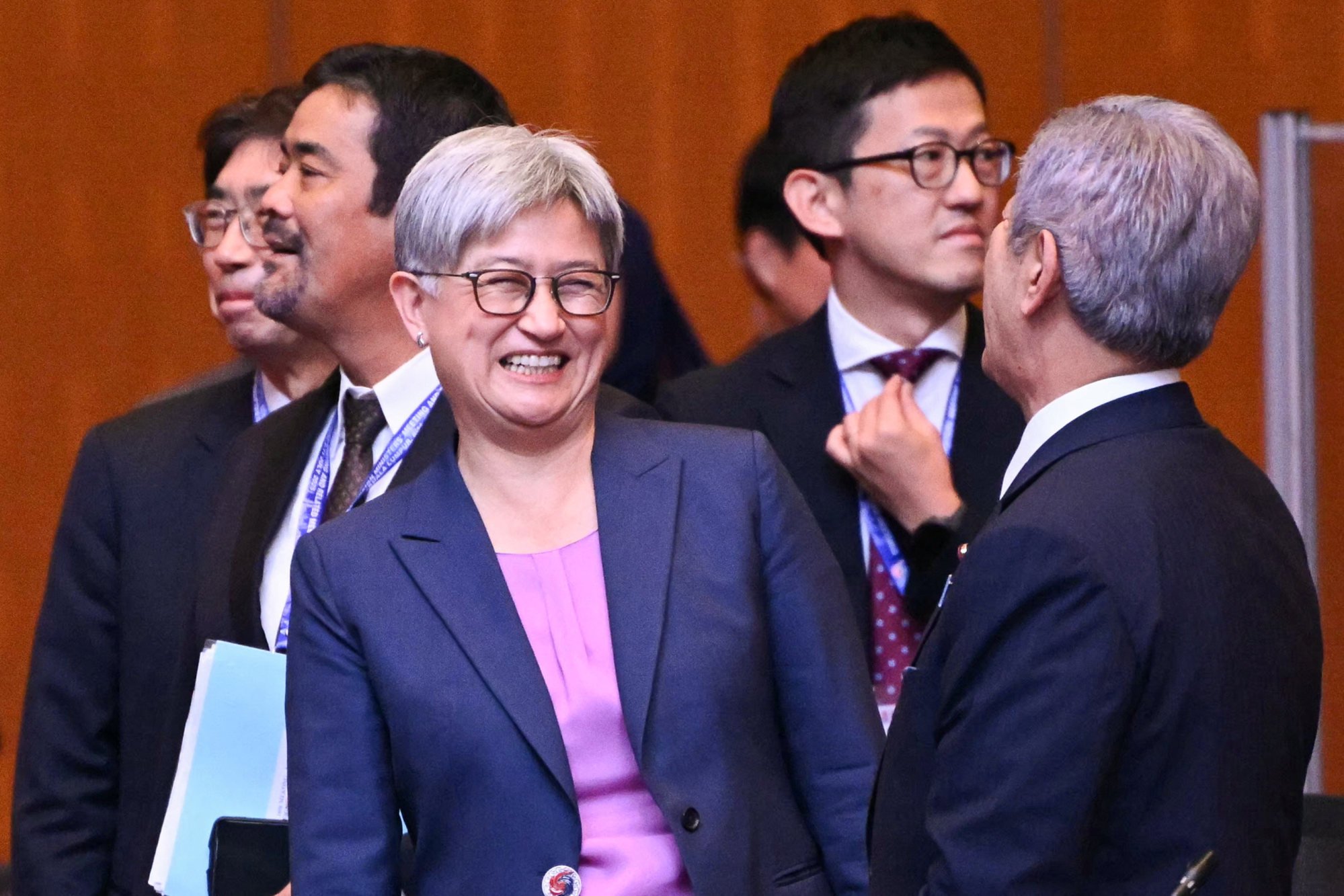
Australia’s trading relationships with China, Japan and South Korea are robust, and trade with India has surged since the signing of a free-trade agreement in 2022.
Trade with Southeast Asia has grown in nominal terms over the past 20 years, though the region’s share of Australia’s total trade remains stuck at around 15 per cent. Similarly, investment in the member states of the Association of Southeast Asian Nations – one of the world’s largest trading blocs – remains modest, comprising only 3.4 per cent of Australia’s total overseas investment in 2022.
Speaking on Thursday at an event in Kuala Lumpur, Australian Foreign Minister Penny Wong offered Southeast Asia reassurances about her country’s “role in the region”.
“Australia still believes in the logic of the post-war economic order,” she told the audience at the Institute for Strategic and International Studies’ Malaysia Forum on Australia and Southeast Asia. “Economic security doesn’t have to be code for putting up walls. It is about making the right investments, with the right partners, at the right time.”
We may be bound by the geography that fate has chosen for us, but we are strengthened by the partnerships that we choose for ourselvesAustralian Foreign Minister Penny Wong
Touching on the issue of sovereignty, Wong said “there are some who want to define Australia’s security simply in terms of what China does or the United States does in the region. Or even more simply define Australia by our traditional allies and partners alone.”
“This has never sat well with me,” she said. “We may be bound by the geography that fate has chosen for us, but we are strengthened by the partnerships that we choose for ourselves.”
Paradoxically, Australia’s devotion to free trade has undermined its economic diversity. Over four decades, it has become a champion of open markets, signing 18 free trade agreements, including the Regional Comprehensive Economic Partnership. But its exports are now dominated by “rocks and crops” – low value-added outputs such as minerals, energy and agricultural goods highly vulnerable to economic ups and downs.
Harvard University’s Growth Lab ranks Australia 105th out of 145 countries for economic complexity – a proxy for resilience. Since 1995, it has tumbled 43 places on the Atlas of Economic Complexity, now nestled between Botswana and the Ivory Coast. The country’s lack of export diversification, the index cautions, could threaten its future prosperity.
In 1964, Donald Horne’s book The Lucky Country described Australia as a nation rich in resources but hindered by unimaginative leadership. Two decades later, Singapore’s Lee Kuan Yew warned Australia to reform or risk becoming “the poor white trash of Asia” – a reminder that mineral wealth alone is neither necessary nor sufficient for enduring prosperity and influence.